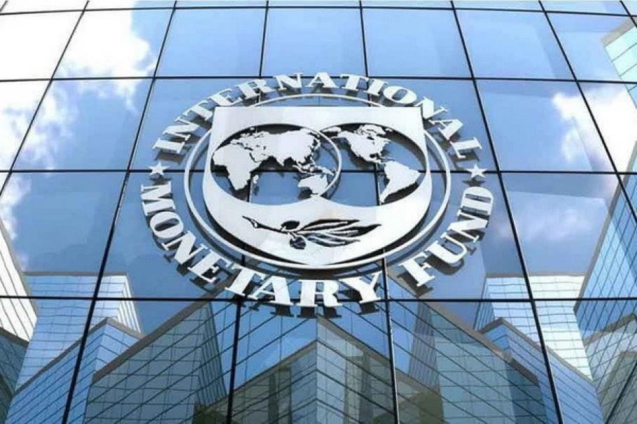The International Monetary Fund has revised Ghana’s growth rate for this year, from 4.2% to 4.6%, according to its latest updated World Economic Outlook Report.
The Fund also projected an impressive Gross Domestic Product (GDP) growth rate of 6.1% for next year. But these higher growth rates have not really translated into real jobs and rapid improvement of the livelihood of the people.
The Breton Wood however maintained its growth rate projection of 0.9% for last year though there are expectations that the GDP was higher.
According to the Fund, Ghana’s growth rate will be higher than Sub Saharan Africa’s regional average of 3.4% in 2021.
Data from the Bank of Ghana had indicated that the economy was on a rebound with a sustained momentum in pick-up in economic activity.
This follows an annual growth of 13.9% of the Bank of Ghana’s updated Composite Index of Economic Activity, the highest since December 2019.
The Finance Ministry has also projected a growth rate of 5.0% for this year.
This higher growth rate indicates that businesses will be able to generate more revenue from sales and probably expand into the future.
In the third quarter of last year, the agriculture sector was the only one that recorded a positive growth rate.
Sub Saharan Africa growth
The Fund said the covid-19 pandemic continues to exact a large toll on sub-Saharan Africa, especially Ghana, Kenya, Nigeria, South Africa.
“Following the largest contraction ever for the region (–1.9% in 2020), growth is expected to rebound to 3.4 percent in 2021, significantly lower than the trend anticipated before the pandemic. Tourism-reliant economies will likely be the most affected.”
Global growth
Beyond 2022, the IMF said global growth is projected to moderate to 3.3% into the medium term. “Persistent damage to supply potential across both advanced and emerging market economies and slower labor force growth because of population aging (largely in advanced economies, but also in a few emerging market economies), and necessary rebalancing to a sustainable growth path in China, are all expected to weigh on the growth outlook for the global economy in the medium term.”
“GDP levels are projected to remain well below the pre-pandemic trend path through 2024 for most countries”, it emphasized.
Rising commodity prices
Consistent with the pro[1]jected global recovery, oil prices are projected to grow 30% in 2021 from their low base in 2020, in part reflecting the OPEC+ (Organization of the Petrolleum Exporting Countries, including Russia and other non-OPEC oil exporters) supply curbs.
Metal prices are also projected to accelerate strongly in 2021, largely reflecting the rebound in China. Food prices are also expected to pick up this year.
Latest Stories
-
Opoku-Agyemang undergoes treatment at UGMC, set to receive further care abroad
1 hour -
The mystery of Bomigo: an island of divine laws, sacred goats, and unwavering traditions
3 hours -
Government’s GH₵ 292.4 million mistake: why free sanitary pads are the problem, not the solution
3 hours -
Crystal Palace beat Fulham to book FA Cup semi-final spot
12 hours -
Forest beat Brighton on penalties to reach FA Cup semi-final
13 hours -
MTN FA Cup 2024/25: Berekum Chelsea book semis slot with win over Bechem United
13 hours -
Gov’t promoting galamsey with GoldBod; the GoldBod is galamsey board – Minority
13 hours -
Ghana Navy probes suspected pirate attack on fishing vessel
14 hours -
2024/25 FA Cup: Attram De Visser stuns PAC Academy to reach first-ever semifinal
14 hours -
‘Shocking and excessive’ – Lawyer challenges $18m verdict in Anas-Kennedy Agyapong case
16 hours -
Parliament approves GH₵2.8bn for road maintenance
16 hours -
Minority Chief Whip raises concerns over ambiguities in Gold Board bill
17 hours -
Mahama warns leaders against ‘decisions that kill’ after debt crisis claims lives
17 hours -
Wisconsin Attorney General sues to block Elon Musk $2m election giveaway
17 hours -
Disney faces US investigation over DEI practices
18 hours

